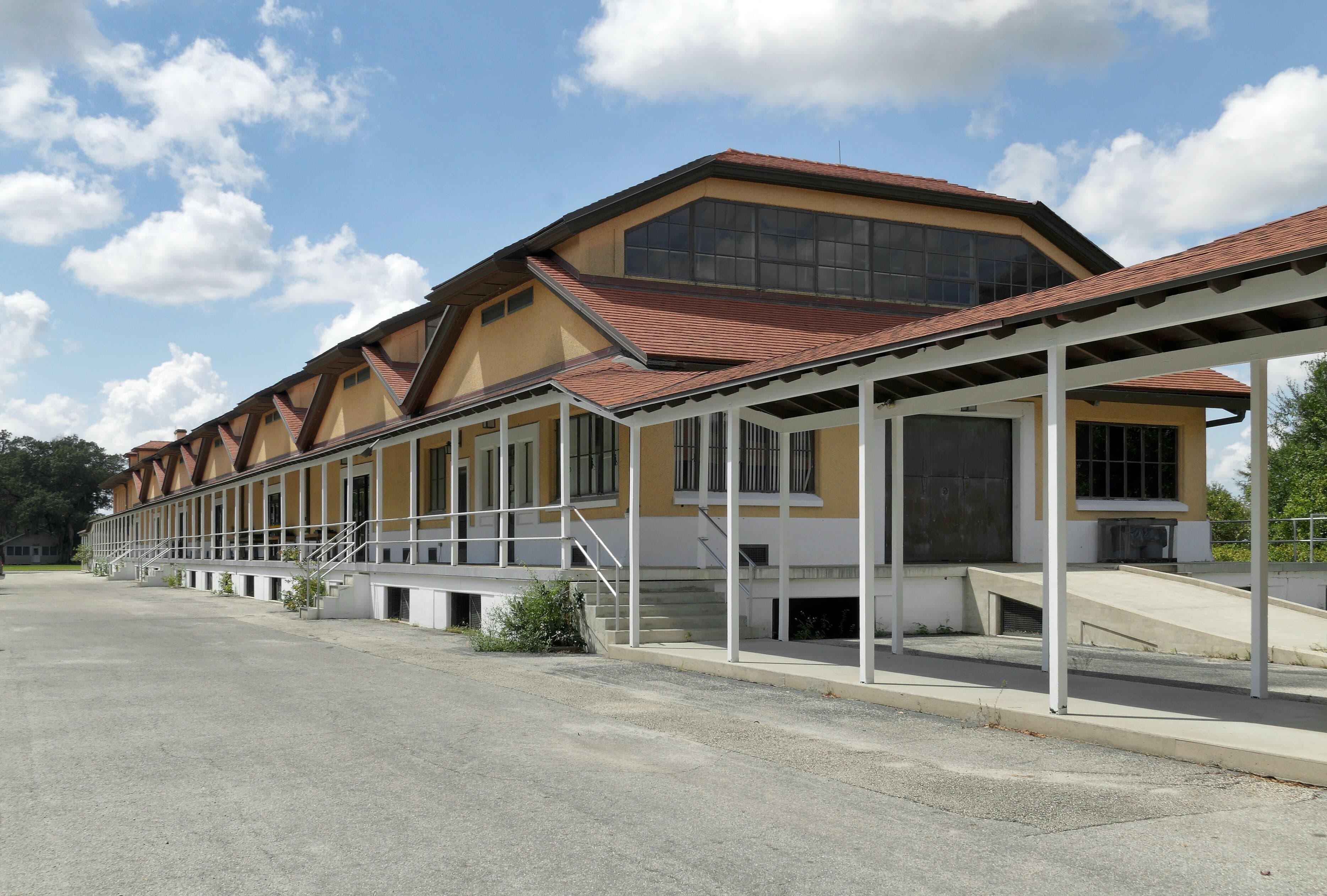 Photo credit: Archbold Biological Station
Photo credit: Archbold Biological StationARCHBOLD BIOLOGICAL STATION
Finding solutions to some of the greatest threats to biodiversity and natural cycles
Science, conservation, and education at the Station are inspired by our rare and unique scrub ecosystem, a biodiversity 'hotspot' of ancient sand dunes known as the Lake Wales Ridge.
Research in action
Our long-term data on the Lake Wales Ridge and adjacent lands stretch more than 50 years, spanning many generations of the organisms we study and changes in their environment and our management approaches. We study a vast diversity of species, from the iconic (Florida Scrub-Jays, Gopher Tortoises, Black Bears, and scrub mints) to the unassuming (wolf spiders, insect pollinators, lichens), each of which have critical roles in a healthy, functioning system and all adapted to the conditions and processes that characterize our local habitats.
We apply fire, the dominant ecological process, as part of a grand, landscape-scale experiment on species' responses to its variation in seasonality, frequency, and intensity. We manipulate hydrology to restore degraded habitats and to enhance ecosystem services in working grasslands. As a result, management strategies throughout the headwaters of the Everglades have become more efficient and effective, reducing threats and increasing protections for the life, lands, and waters in the heart of Florida.

A multifaceted operation and facility
Archbold programs and operations are headquartered at the Station.
The Station’s wide-ranging operations and facilities make it a premier place to study habitats on the Lake Wales Ridge, the restoration habitats of the Archbold Reserve, and other surrounding environments.
 Photo by: Reed Bowman
Photo by: Reed BowmanEven with 50+ years of data, some questions only now are just accumulating enough data to be addressed. One of our most important roles is to continue to develop and implement our research paradigm for decades to come. The immense body of data, the focus on individual plant and animal life histories, and the incorporation of developing technologies, such as detailed animal tracking, isotopic analyses, genomics, etc., allow new insights into species biology. It also creates opportunity for cross-disciplinary and synthetic analyses to understand community and ecosystem responses to environmental change.
Combining long-term data on individual fitness of organisms such as Florida Scrub-Jays with family trees going back fifteen generations with genomics, gives us insights into the evolutionary process unfolding at this time of great change, from the possibility of extinction and how we might avoid it, to how these changes might influence selection and adaptation of our focal species.
We can combine these approaches to better understand the relative contributions of our four priorities, such as modeling that includes fire management, landscape connectivity and population genetic structure as predictors of future population trends. Incorporating our science into conservation action is our highest purpose.
Station Habitats
Plants and animals at Archbold Biological Station encounter a variety of habitats
Making an impact
Through groundbreaking research, innovative and committed land management, and wide-reaching education, we advance data-driven, efficient, and effective solutions for conservation on public and private lands.
Our main audiences are fellow scientists, students, and the conservation and landowner community. Our impacts from work at the Station are focused on four priorities that will sustain ecosystem function over time within the headwaters of the Everglades: we work to save our most endangered organisms through effective management, ensure connected landscapes that enable dispersal and gene flow, sustain healthy and functional grasslands, and address climate change.
Our studies occur across our landscape mosaic ranging from pristine Florida scrub at the Station, other conservation lands along the Lake Wales Ridge, and restoration sites particularly the Archbold Reserve, to fragmented suburban landscapes and intensively managed lands. Extensive environmental monitoring helps facilitate measurement of responses to climate variability, land use change, hydrology, prescribed fire, and invasive species.
.webp&w=3840&q=75)
Archbold's trusted science is essential to informing today's most important conservation decisions for Florida. We need your help to keep science at the forefront of protecting these precious places.
_cropped.jpg&w=3840&q=75)
.jpg&w=3840&q=75)
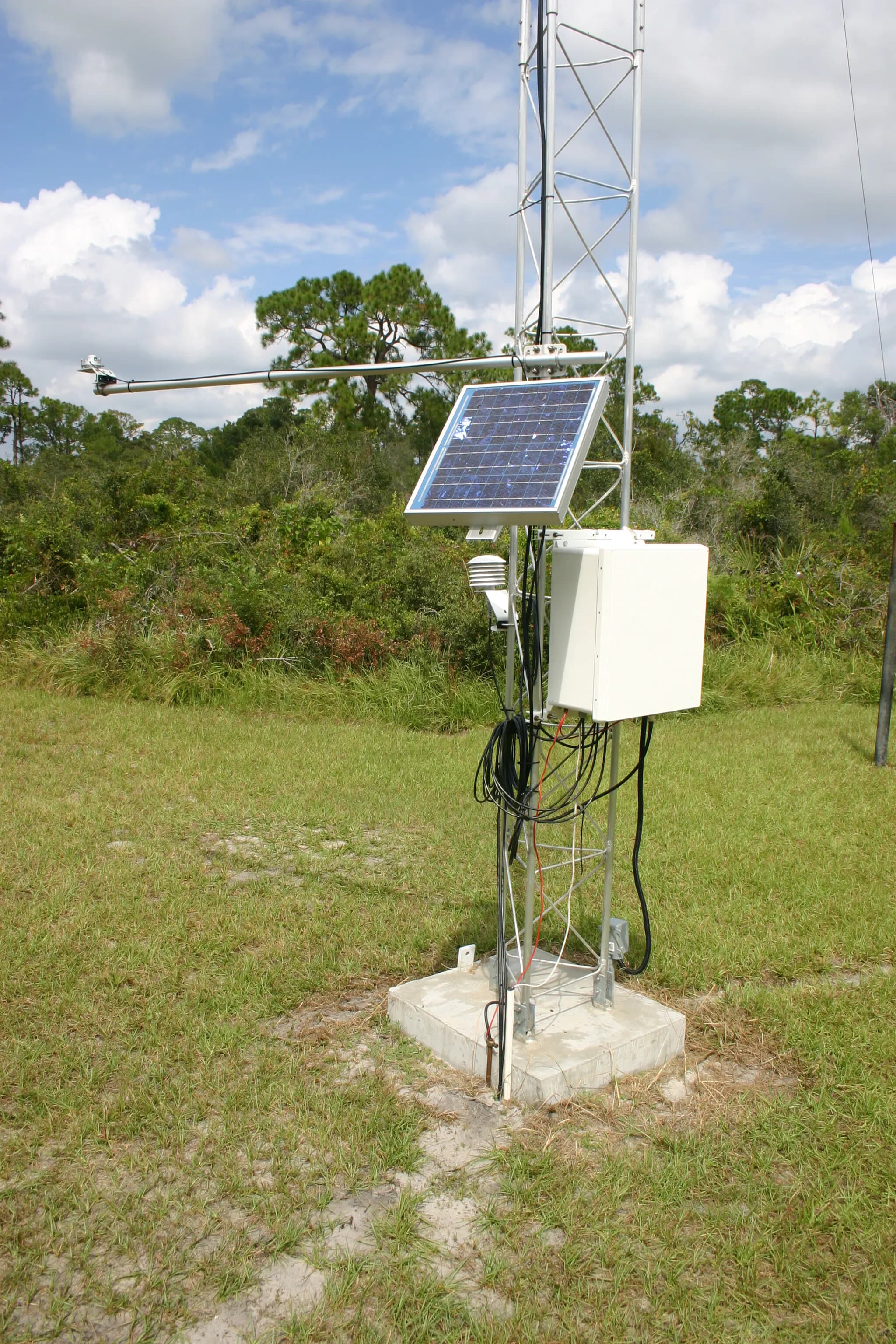
-1.jpg&w=3840&q=75)


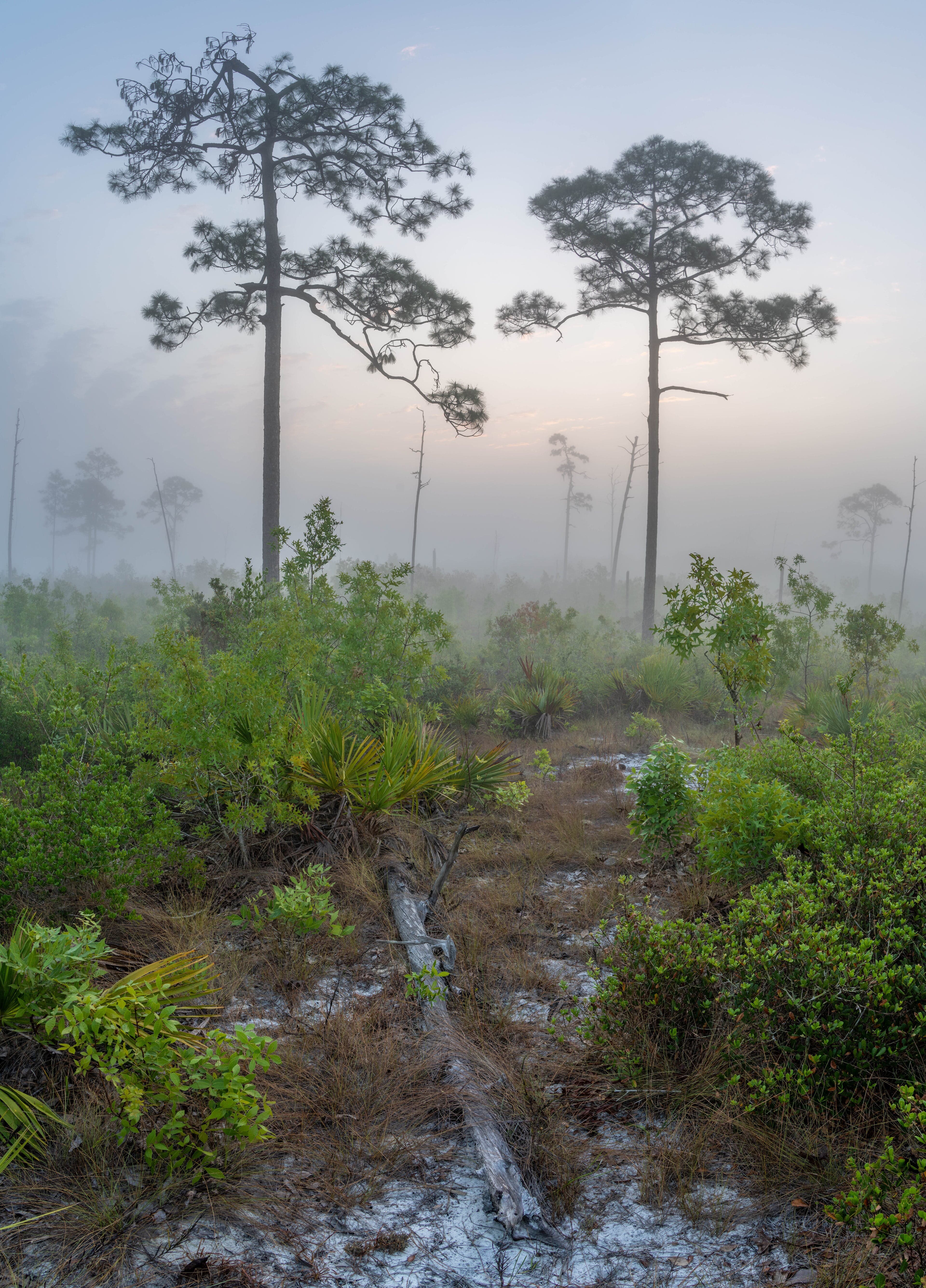

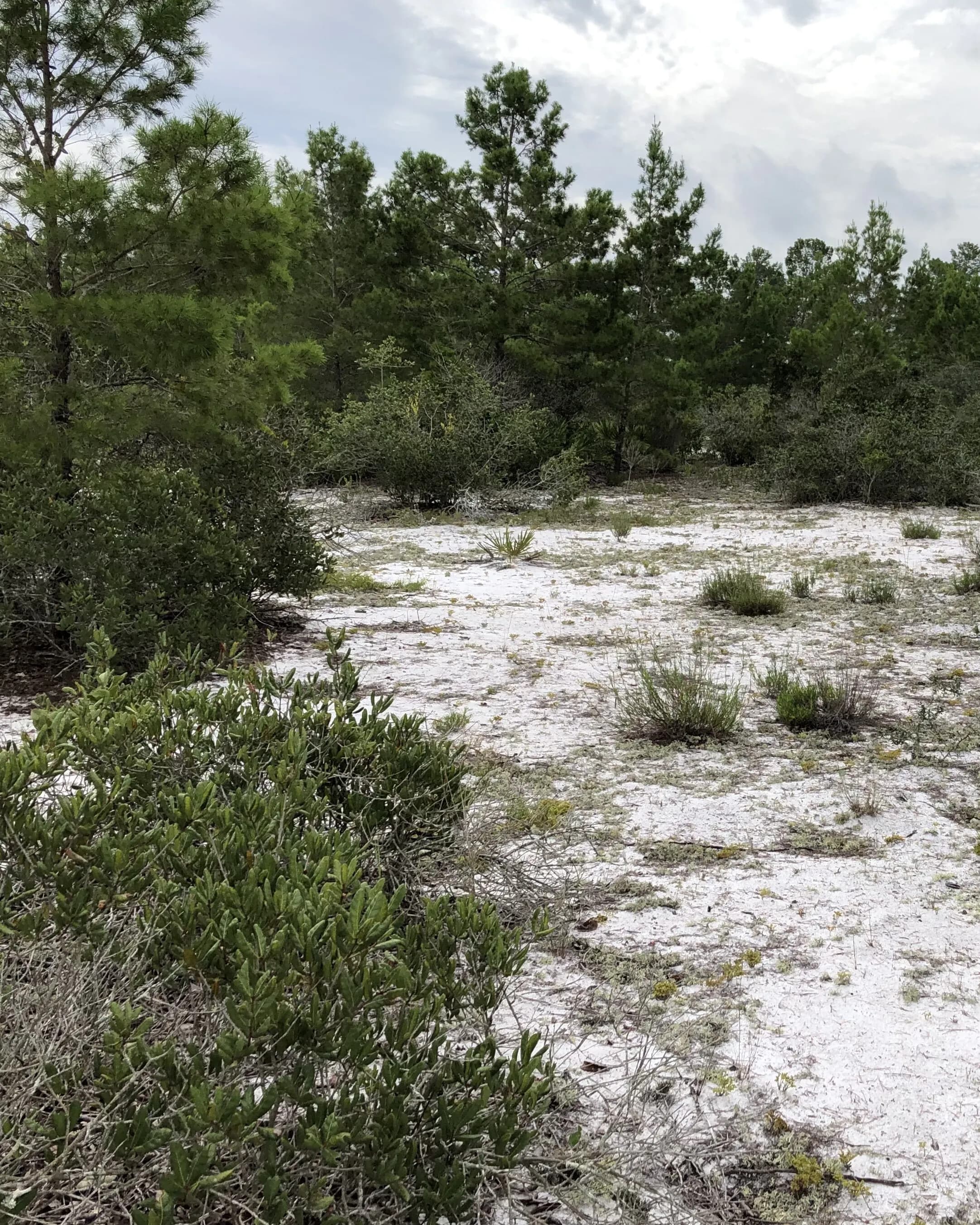

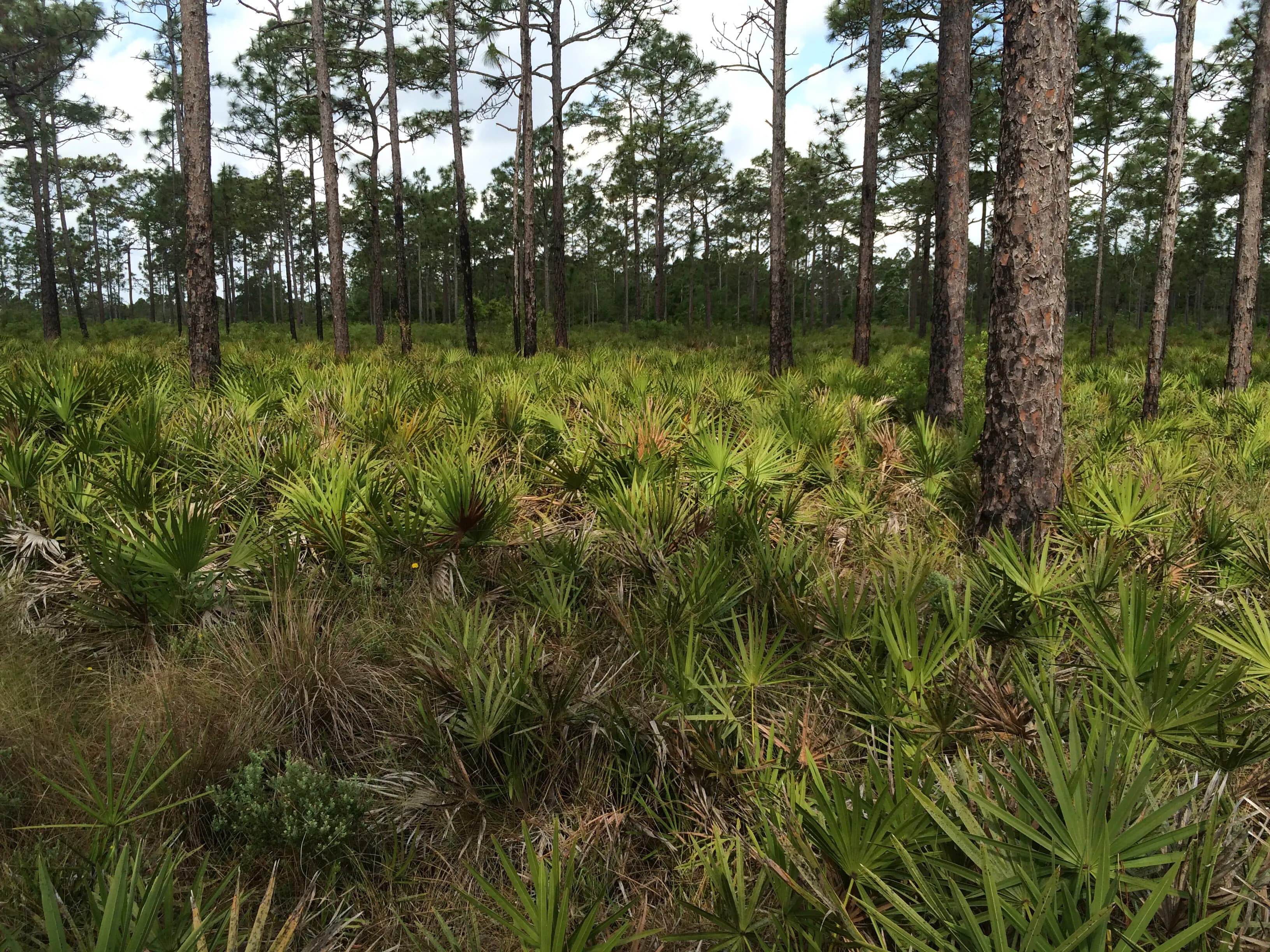
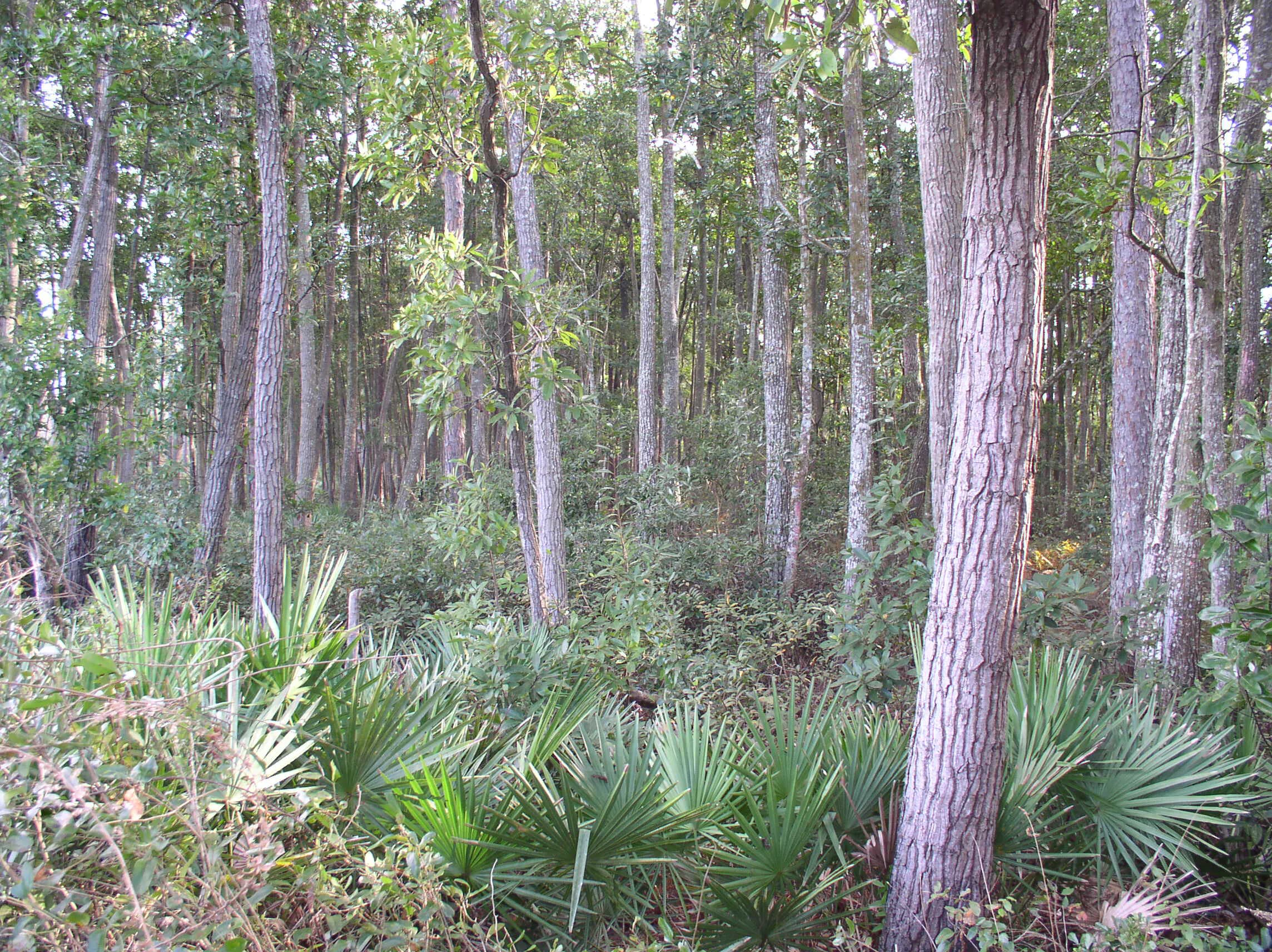
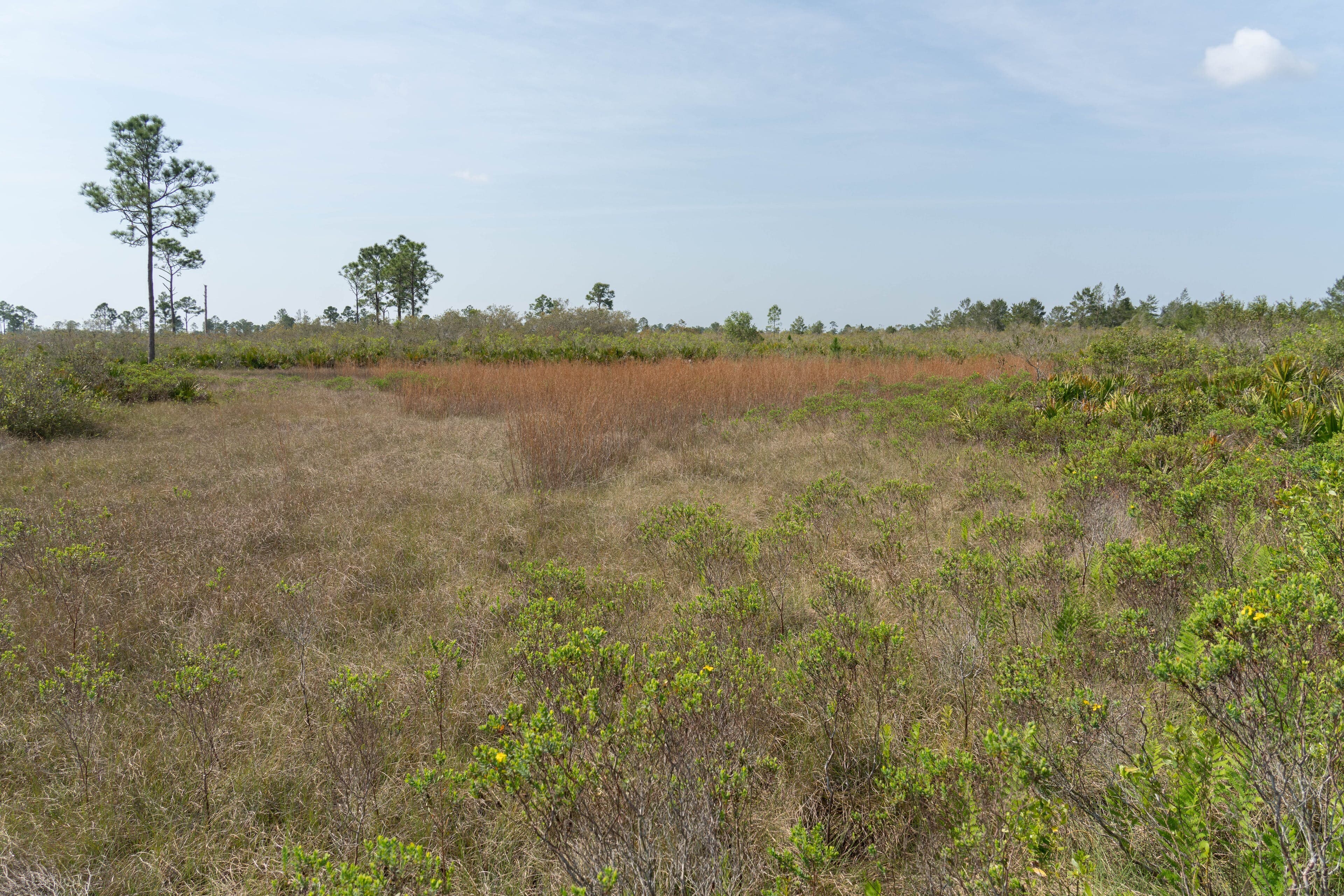


.jpg&w=3840&q=75)